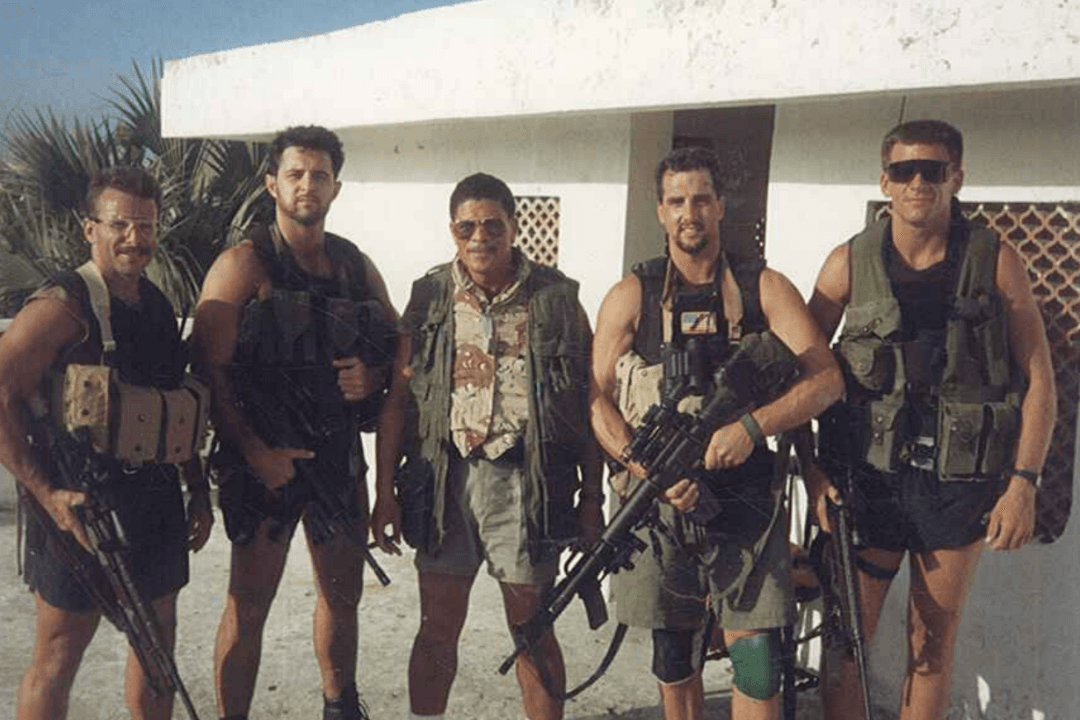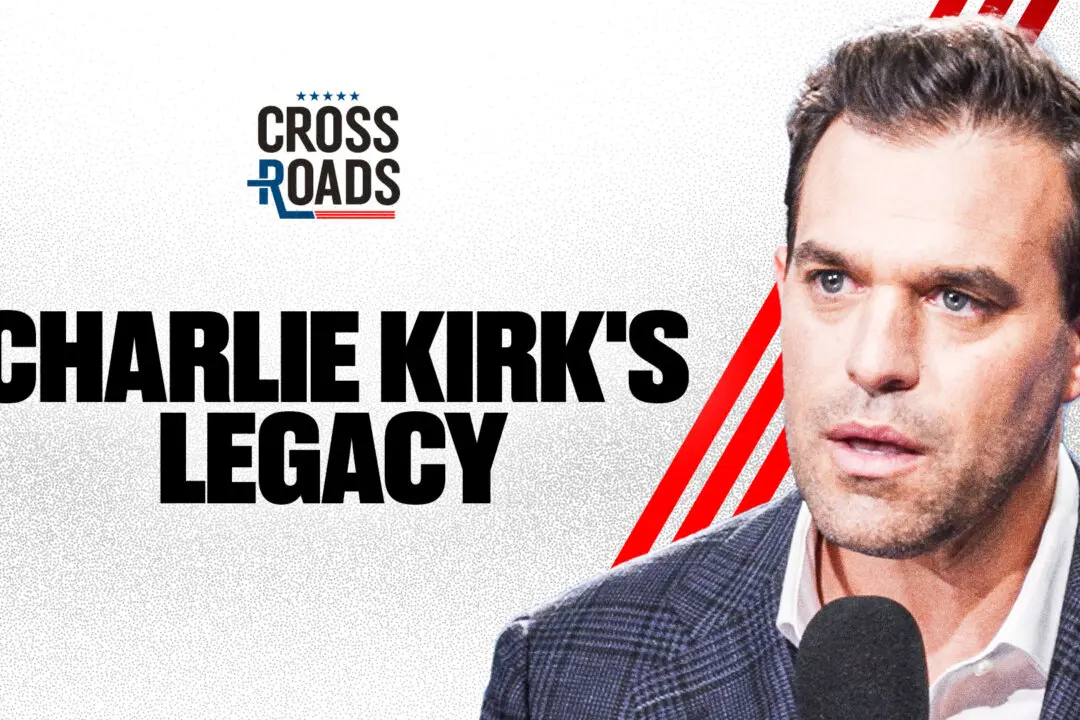For years, Dr. Howard Wasdin lived with chronic pain, survivor’s guilt, and depression. He was haunted by his past—the battle immortalized in the film “Black Hawk Down,” when a small group of U.S. special operations forces faced down thousands of Somali fighters in an effort to rescue each other after a mission went wrong.
For Wasdin, that battle was the end of his career in Navy SEAL Team 6. Three gunshots nearly cost him his leg, and he was cast from being one of the top snipers in America’s elite military force, to being a man injured both inside and out. He describes it as a fall from “rock-star status to rock bottom.”





